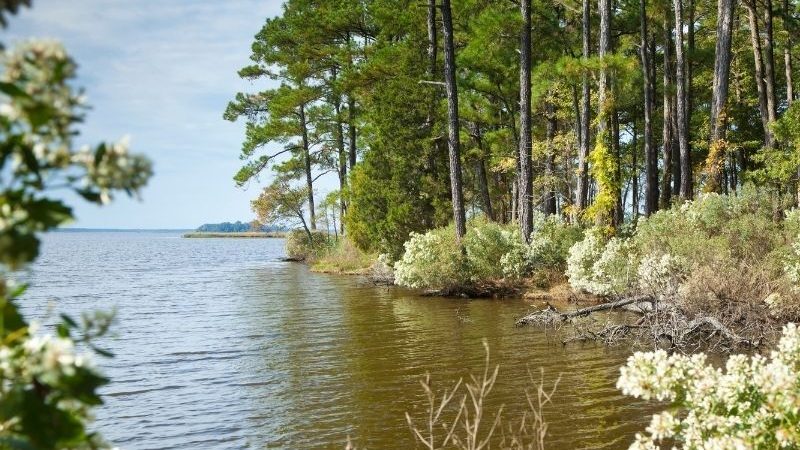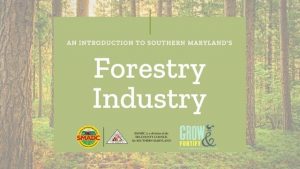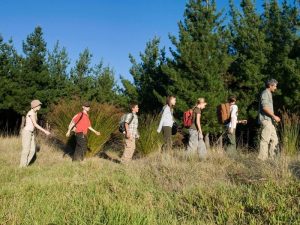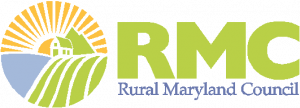
About The Project
A new guide is available from Grow & Fortify and the Southern Maryland Agricultural Development Commission, which explores the importance of forestry in Southern Maryland. The new guide is available now as a digital educational resource for residents, entrepreneurs, and commercial interests. Nearly 40% of Maryland is forested. As the single largest land use in the state, forests are vital to the health of the Chesapeake Bay and offer numerous environmental and economic benefits.
 To promote and support this important industry, the Southern Maryland Agricultural Development Commission (SMADC) and Grow & Fortify teamed up to develop ‘An Introduction to Southern Maryland’s Forestry Industry’ to highlight how responsible forest management benefits our state’s ecology and economy. Forestry grows food, creates hundreds of products and materials, supports the environment, and builds careers.
To promote and support this important industry, the Southern Maryland Agricultural Development Commission (SMADC) and Grow & Fortify teamed up to develop ‘An Introduction to Southern Maryland’s Forestry Industry’ to highlight how responsible forest management benefits our state’s ecology and economy. Forestry grows food, creates hundreds of products and materials, supports the environment, and builds careers.
Economic Impact of Forestry in Maryland
In 2017, the statewide forestry industry directly contributed about $4.2 billion and supported 18,046 jobs in the Maryland economy. In Southern Maryland, forestry businesses contribute over $585 million to the state economy, supporting more than 3,000 jobs.
 “Forests provide much-needed employment and economic sustainability for our rural communities,” commented Shelby Watson-Hampton, SMADC Director. “And here in Southern Maryland, we are very fortunate to have the Dr. James A. Forrest Career and Technology Center, which offers students a wide variety of career-specific programs in natural resources, including forestry.”
“Forests provide much-needed employment and economic sustainability for our rural communities,” commented Shelby Watson-Hampton, SMADC Director. “And here in Southern Maryland, we are very fortunate to have the Dr. James A. Forrest Career and Technology Center, which offers students a wide variety of career-specific programs in natural resources, including forestry.”
Did You Know?
The forestry industry in Maryland has a lot of opportunities to grow well into the future. Here are a couple of fun facts about Maryland forestry that we thought would be fun to share!
-
The White Oak is Maryland’s official state tree. It is the most common oak species in Maryland, with populations in every county, including Baltimore City.
-
The forestry sector in Maryland is 10 times larger than the seafood sector.
-
Landscaping, especially with trees, can increase property values by as much as 20%.
- Tree loss has a financial cost. Tree loss in the Baltimore-Washington region since 1973 has resulted in a 19% increase in stormwater runoff (540 million cubic feet) at a cost of $1.08 billion.
Project Funding & Partners
The Introduction to Southern Maryland’s Forestry Industry Guide is made possible in part by a Rural Maryland Prosperity Investment Fund Grant (RMPIF) awarded to SMADC, a division of the Tri-County Council for Southern Maryland, in partnership with Cultivate & Craft.
SMADC is a 501(c)(3) nonprofit organization committed to expanding and promoting a viable and profitable agricultural community that supports farms and the future of agriculture in Southern Maryland and beyond.



